The Condec Annual Report 1969

"Hidden gem" is an overused (and therefore inaccurate) turn of phrase these days. It's an algorithm-driven world, and no one can optimize for hidden anything. You can decide if the art here qualifies as a "gem," but I'm very sure that it counts as "hidden."
To my knowledge, this is the first time that the full 1969 annual report of the new-defunct CONDEC (Consolidated Diesel Electric Company) corporation has been made accessible on the open internet, complete with artist Arno Sternglass's innovative pop-art illustrations.
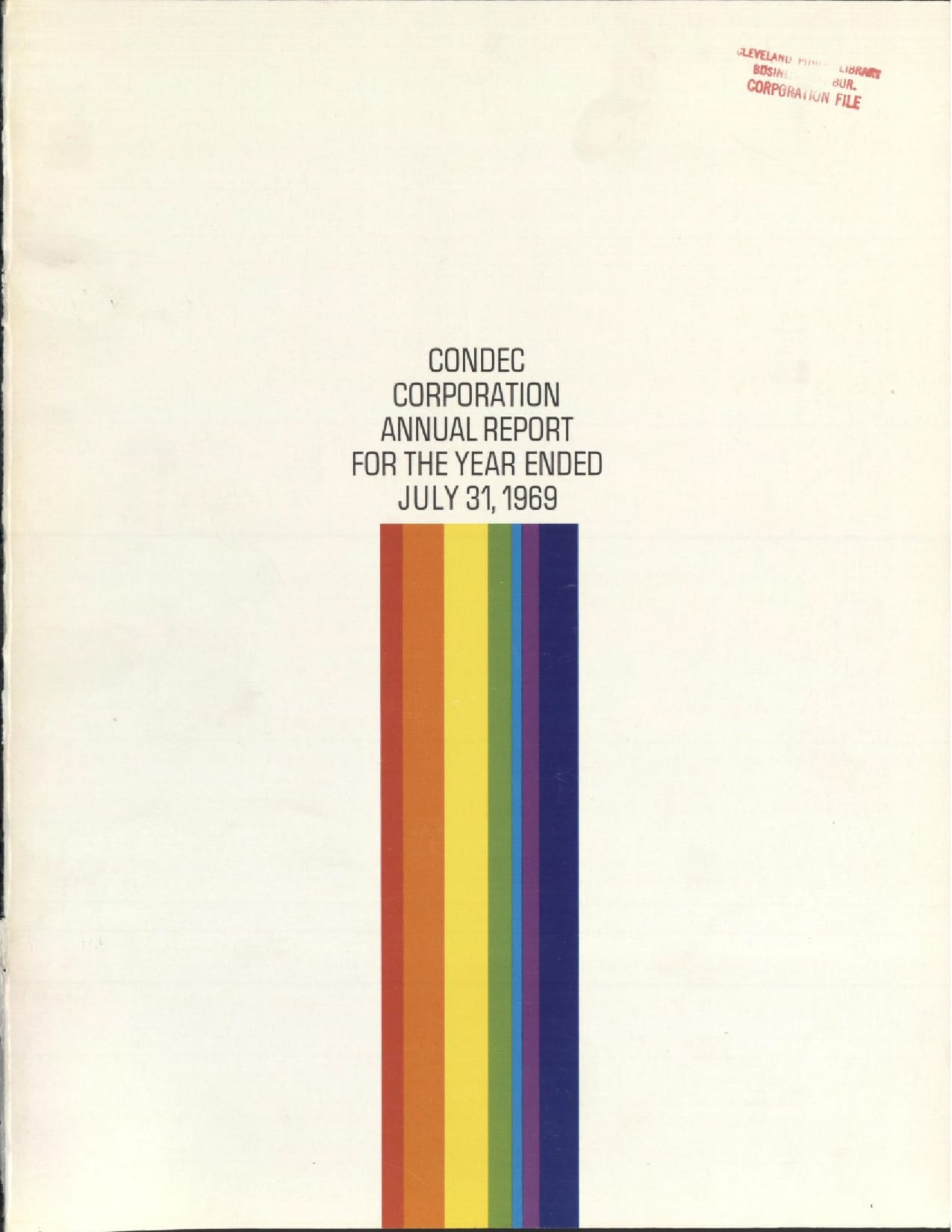
Granted, a few of the best illustrations have been online for years. You may recognize this one from my "groovy art" post a few weeks back.
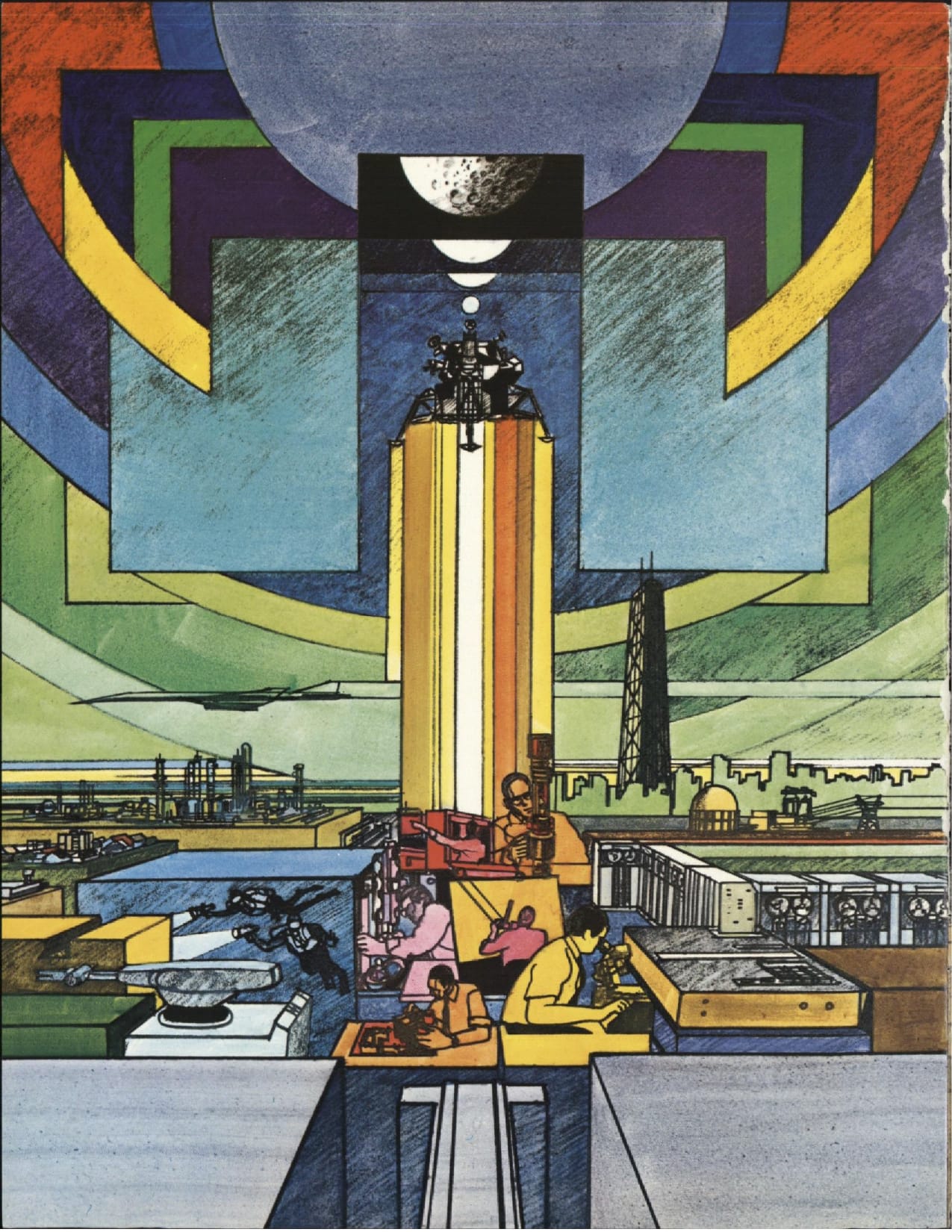
I popped the entire PDF into Google Drive over here, but I'll include every single illustration in this post. And there are a lot more of them than I expected!
It's all thanks to Salem Elzway. Currently a Postdoctoral Fellow of History at the University of Southern California, Elzway was researching a dissertation on the history of the industrial robot while completing a PhD in History at Michigan in 2021. CONDEC's 1969 report stood out, and Elzway tweeted about it, which put in on my radar.
When I included it my other post, fellow art blogger Humanoid History was interested in the full report, so I reached out to Elzway and was surprised to learn the entire thing has a whole series of delightful illustrations.
Out of all the annual reports between 1955 and 1977, none of them have these colors.

The 1969 report is the only one to skip black and white photographs entirely, too, opting to instead lean into the chunky pop art style that was peaking in popularity in the groovy late 1960s.
Every other report includes a glamour shot of company founder and president Norman Schafler.
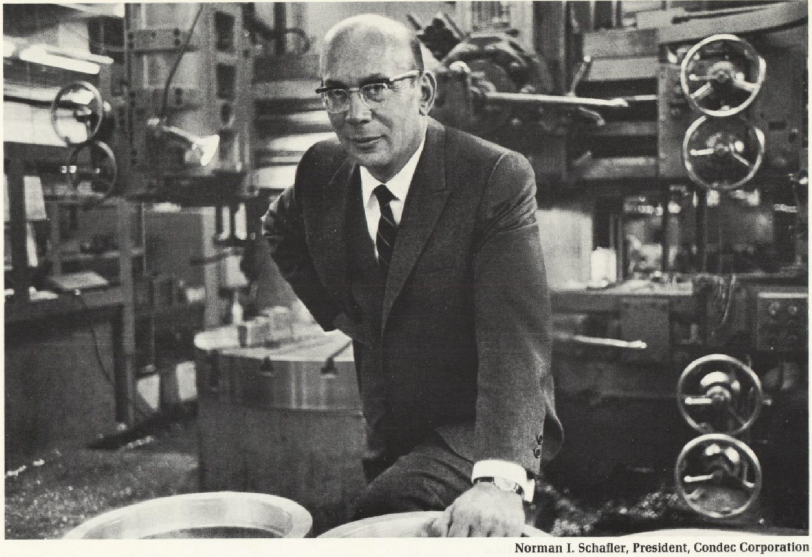
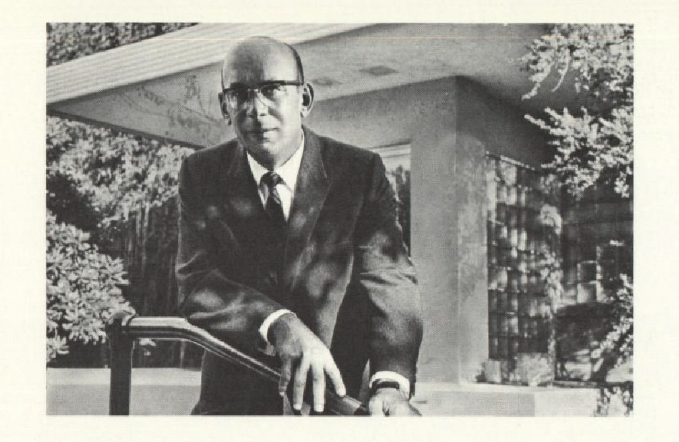
But wait! The 1969 report can't skip its Schafler. In fact, Schafler looks better than ever:
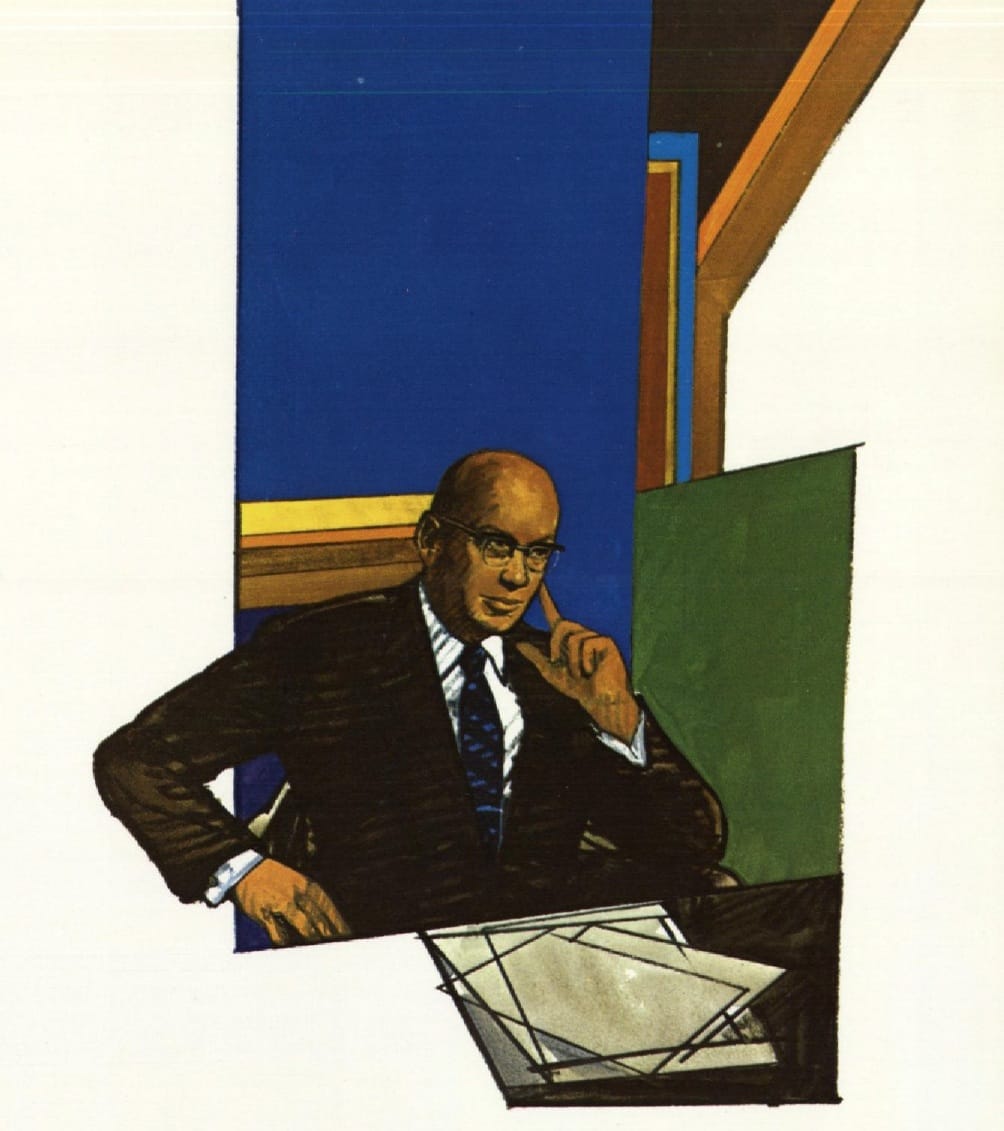
That's just a half-page illustration, though. The real stunners are saved for a series of two-page collages focused on different industries in which CONDEC is increasing shareholder value. Here they all are.
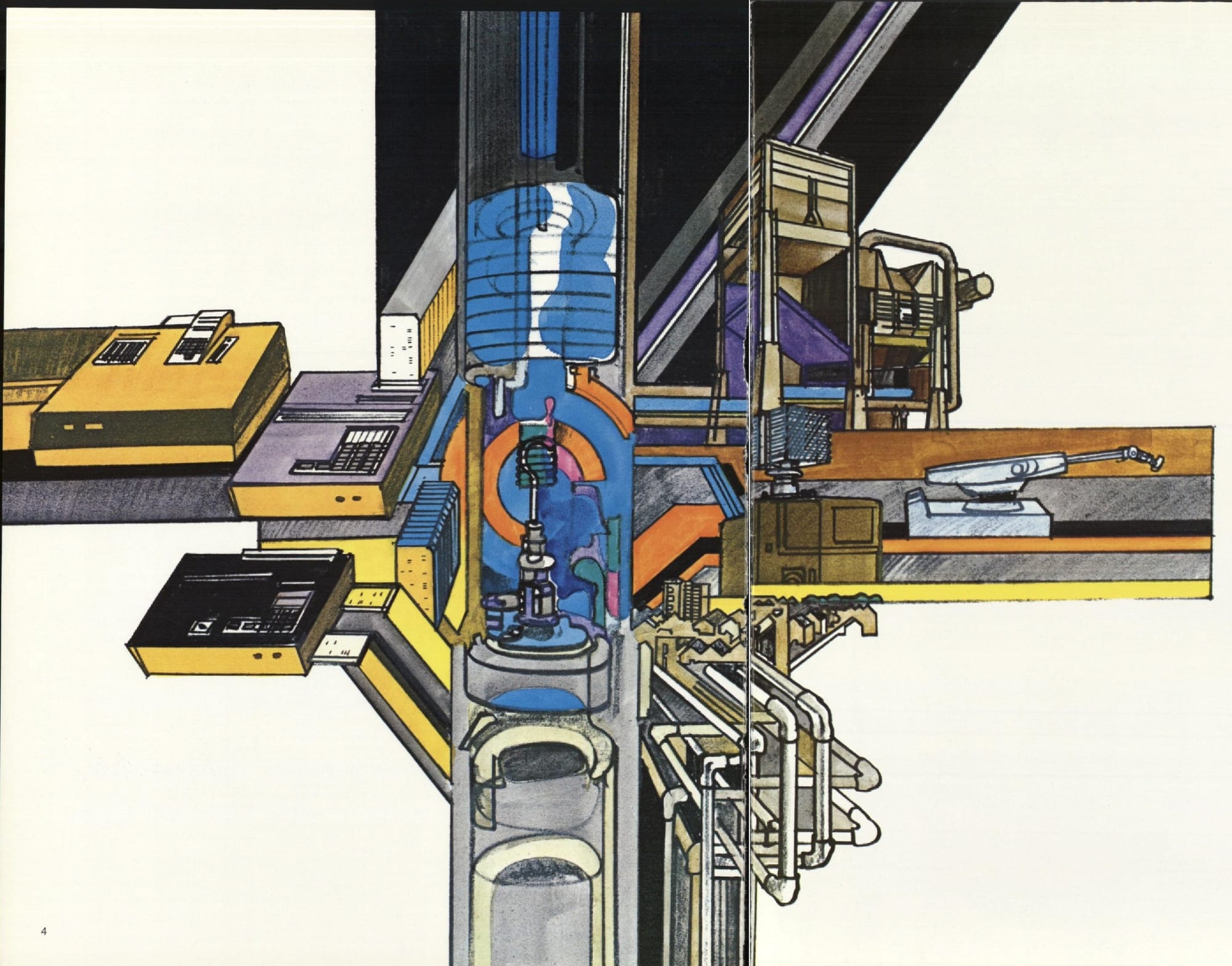
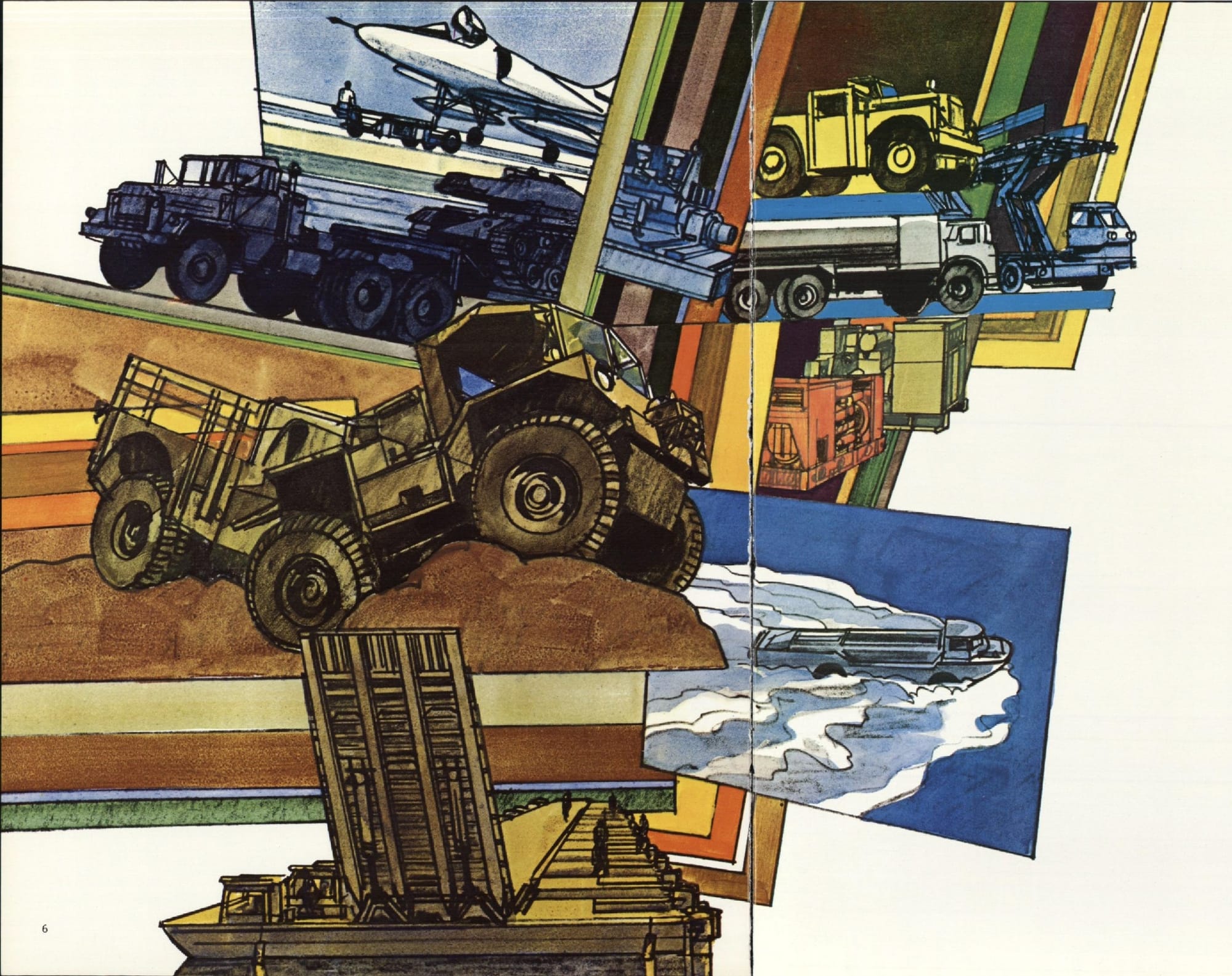
Elzway gave me a little more context about the company:
"Controversially, Condec found itself in hot water at the end of the sixties when its 'Gama Goat' all-terrain military vehicle, the corporation’s single largest and most lucrative contract, was manufactured with significant design and quality control deficiencies. Thousands were produced (then warehoused by the Army as they awaited redesign and retrofitting), costing the federal government tens of millions of dollars and spurring a Congressional investigation into the vehicle’s procurement and production. Nevertheless, Condec quintupled its sales to $100 million dollar as the sixties rolled into the seventies."
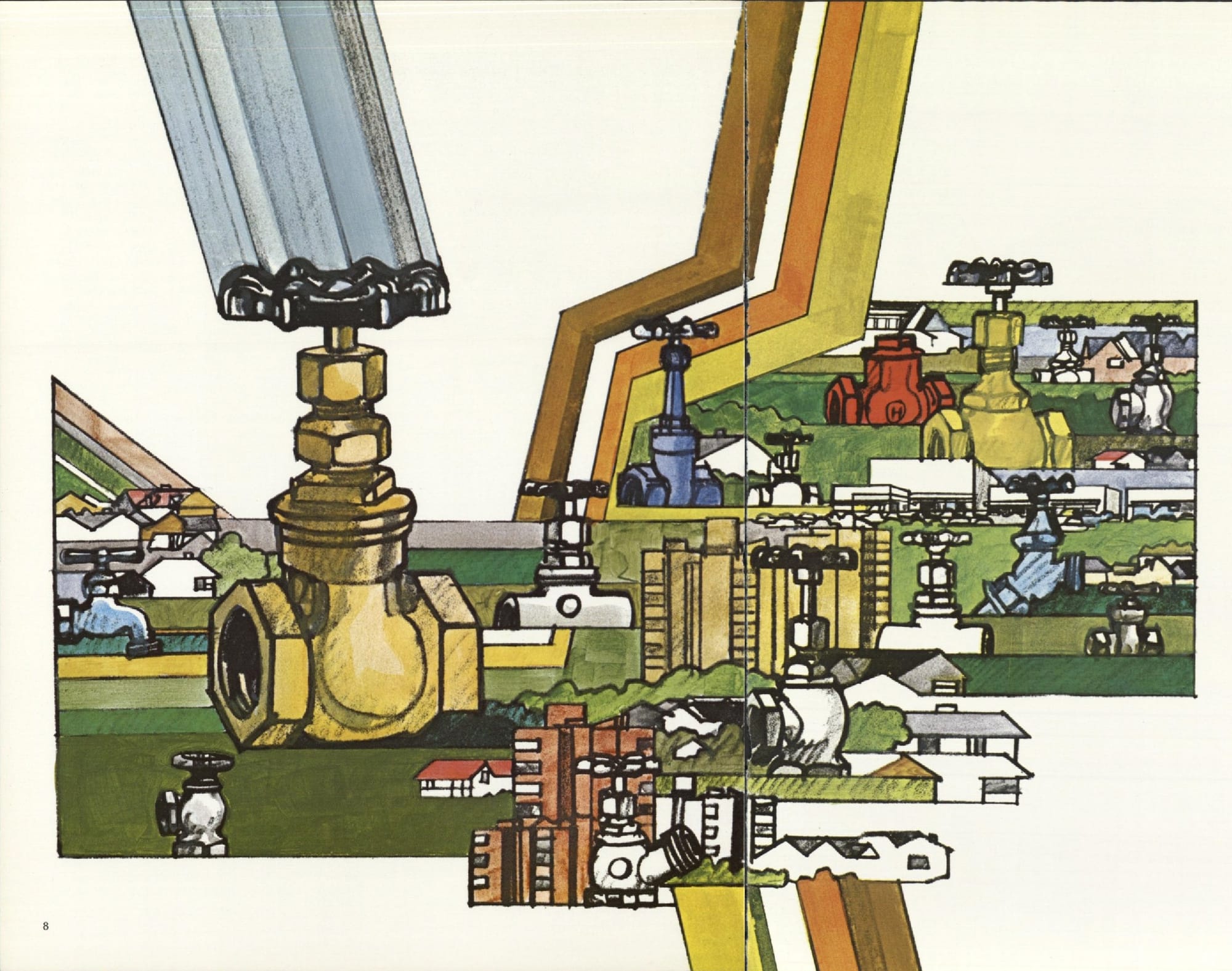
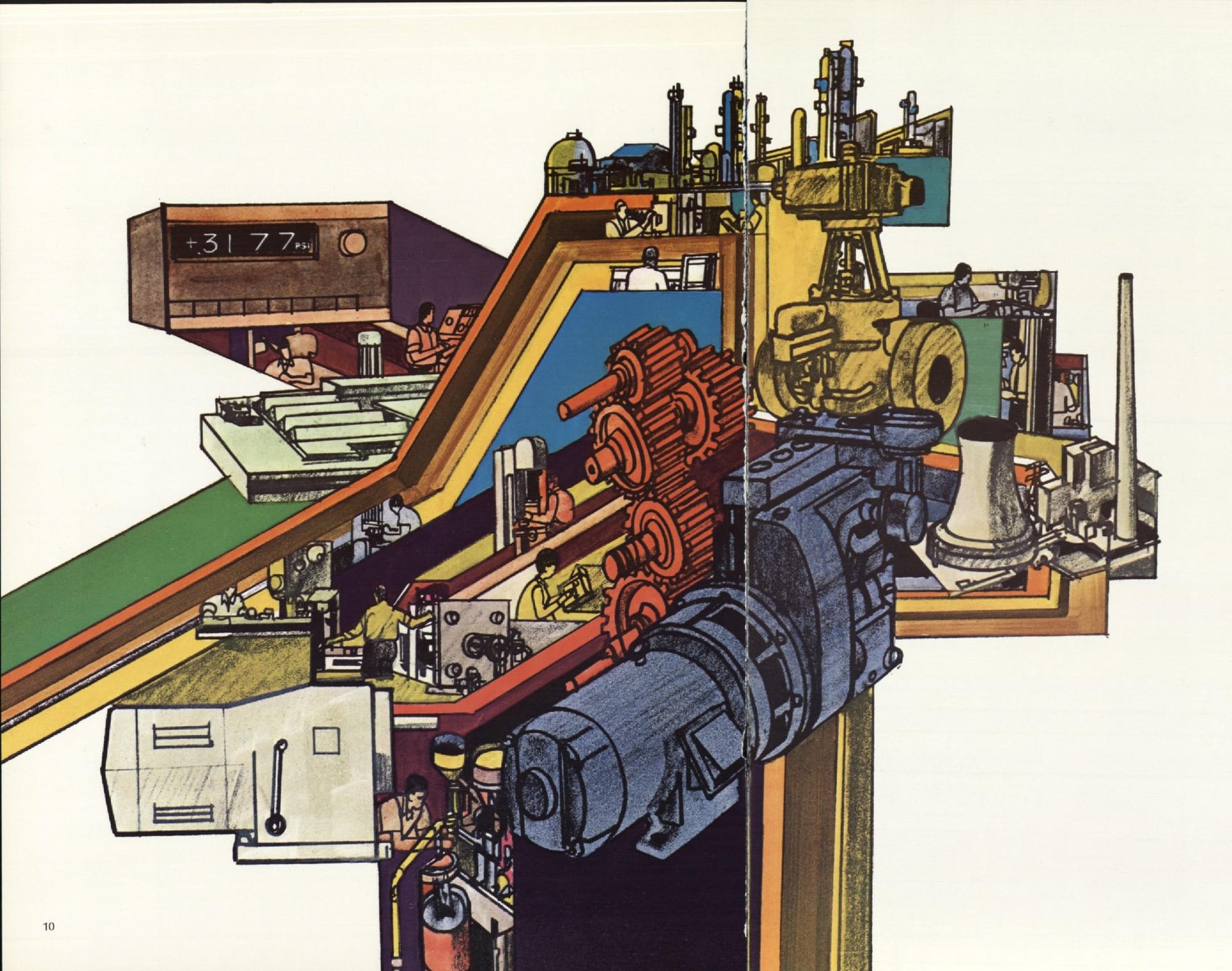
Elzway's thoughts on the groovy art?
"I was really surprised after reading through the previous decade-and-a-half of reports to see such a drastic, and artistic, shift in Condec’s approach to the current standing of its business to shareholders. Why this was can most likely be attributed to the national excitement surrounding the successful landing of Apollo 11 on the Moon (which took place eleven days before the end of Condec’s 1968-1969 fiscal year) and the fact that the corporation played an albeit small role in producing the technology for such a feat. Condec deliberately framed the accomplishment in relation to their other lines of business, and in typical American fashion, connected their high-tech products with the very notion of 'progress' itself."
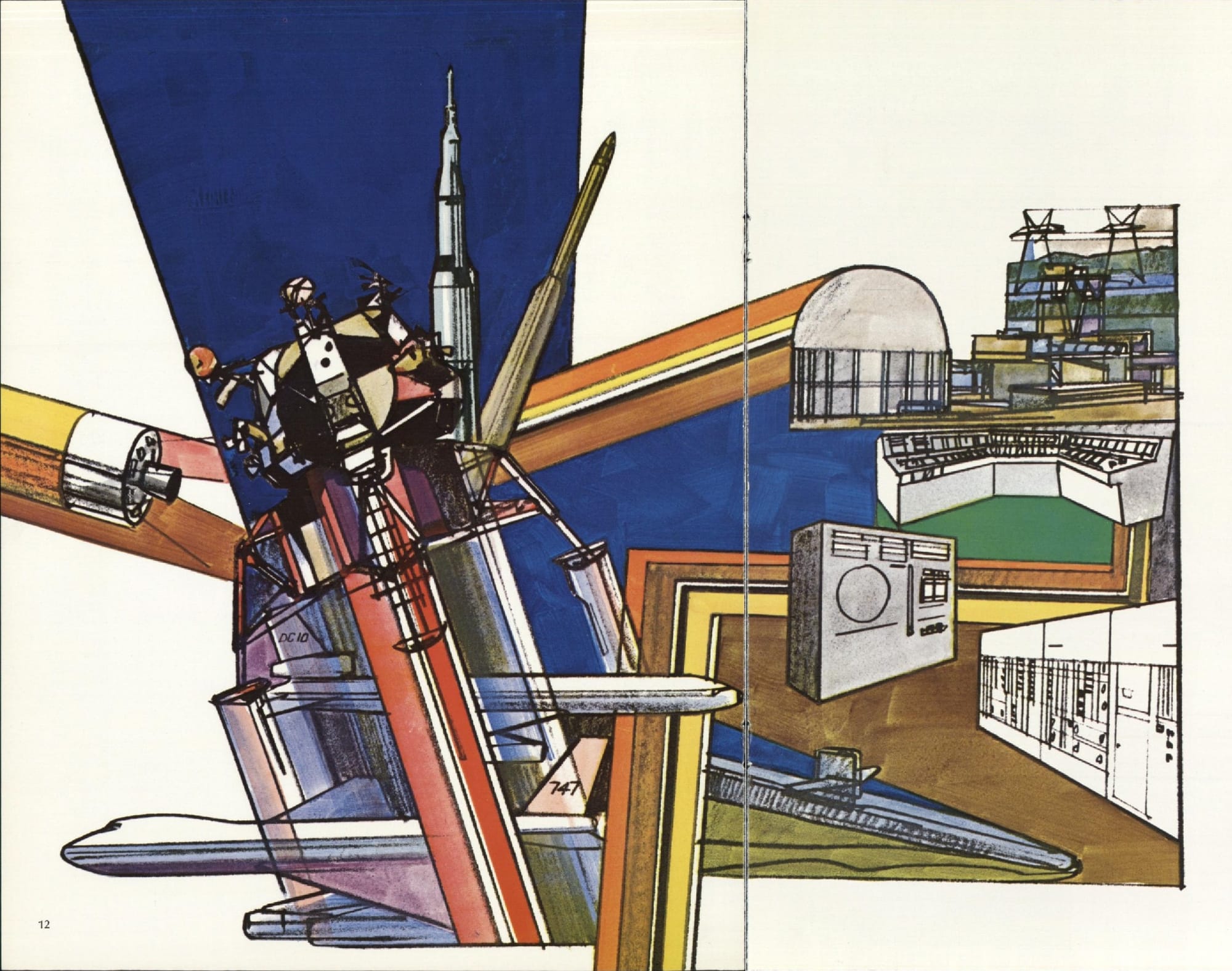
"Condec’s most notable endeavor, and why I discovered the corporation in the first place, was in the domain of industrial robotics. In the late 1950s, inventor George Devol and engineer-entrepreneur Joseph Engelberger went searching for investors into their 'Unimate' concept of industrial automation. Their device, arguably the world’s first commercialized industrial robot, was at the cutting edge of technology, but nonetheless, according to Engelberger, was a 'solution looking for a problem.'
"The duo, after striking out with a slew of major manufacturing corporations including the ‘Big Three’ automakers Chrysler, Ford, and General Motors, eventually captured the attention of Schafler who saw the potential of the Unimate industrial robot and committed $1 million in 1959."
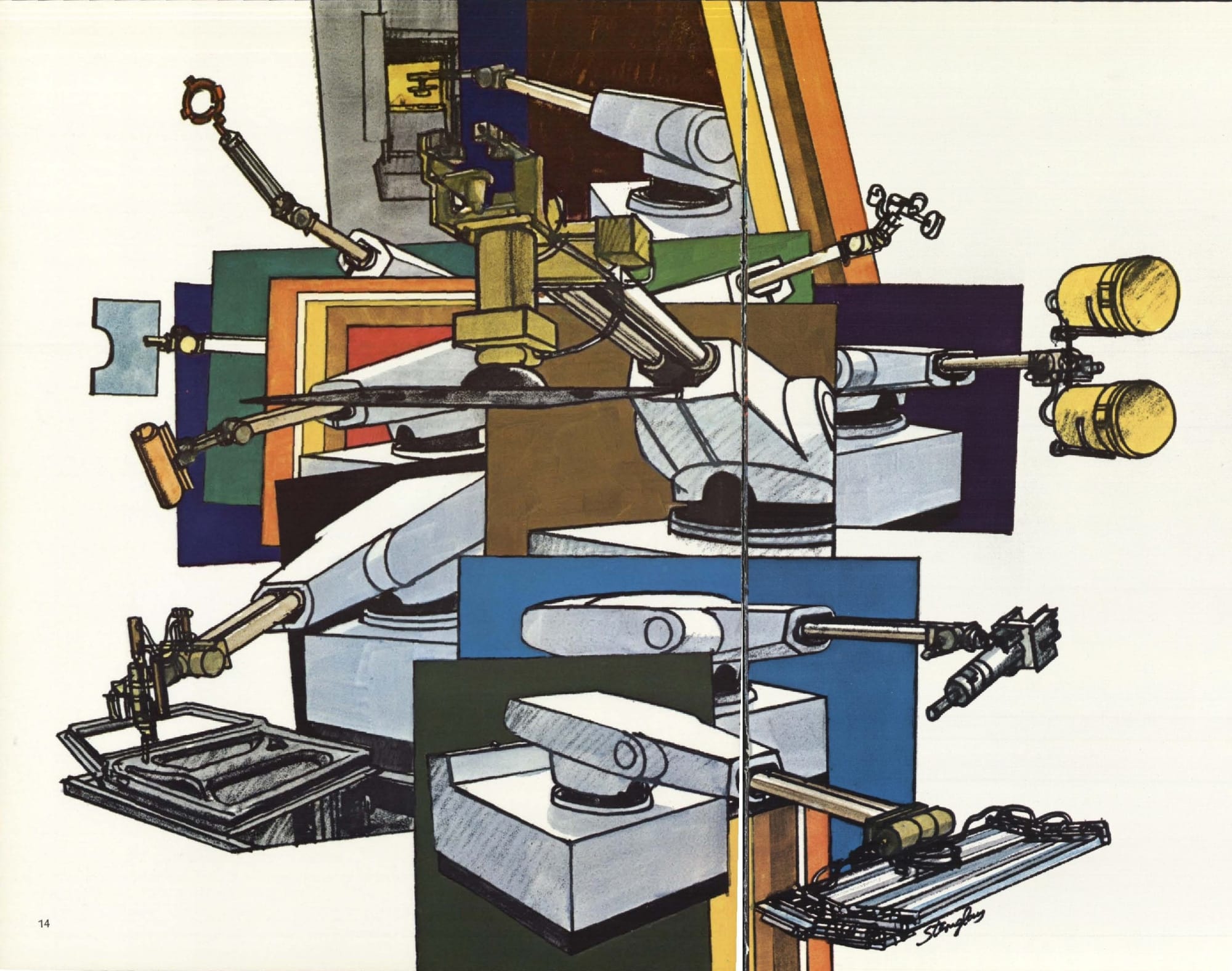
"Engelberger and Unimation helped establish not just the industrial robot industry in the United States, but abroad in Europe and most importantly Japan, companies from the latter of which would eventually become Unimation’s biggest competitor."
Competition and mismanagement contributed to CONDEC selling Unimation to Westinghouse in December 1982 for $107 million. When Westinghouse sold it again in 1988, "The sale signaled the fall of Unimation and the end of the American industrial robot industry."
That's the end of the 1969 report, too, as it wraps up with a few drier pages of reviews and balance sheets. This page of charts is the most visually interesting bit.
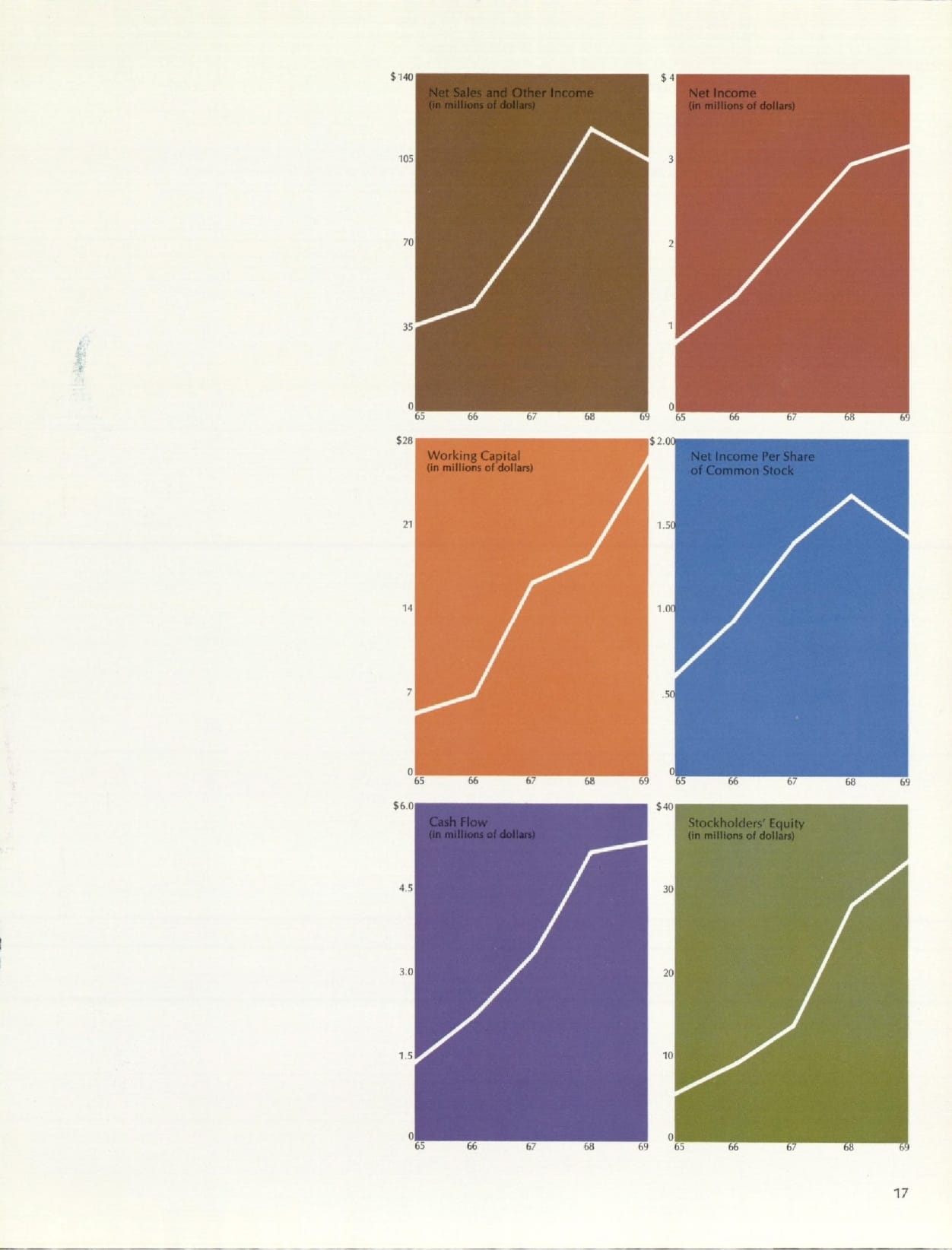
The final endpaper rehashes the opening illustration, but in sepia.
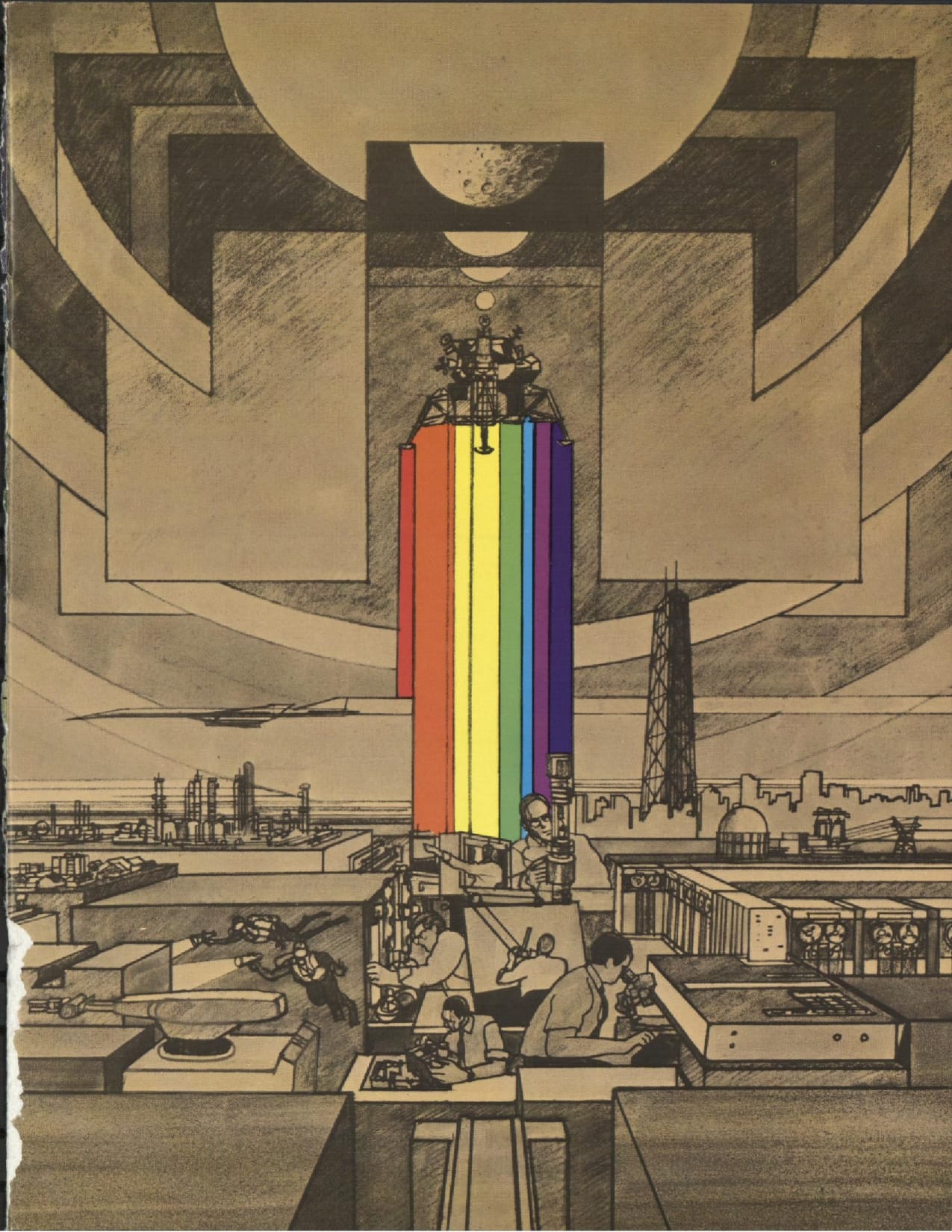
Update: I didn't think the artist was credited at first, so I ended on the inclusion of this signature, visible on the final two page-spread. Turn out the artist is Arno Sternglass, and he's actually credited in the opening paragraph of the first page! An extended artist bio is to come...
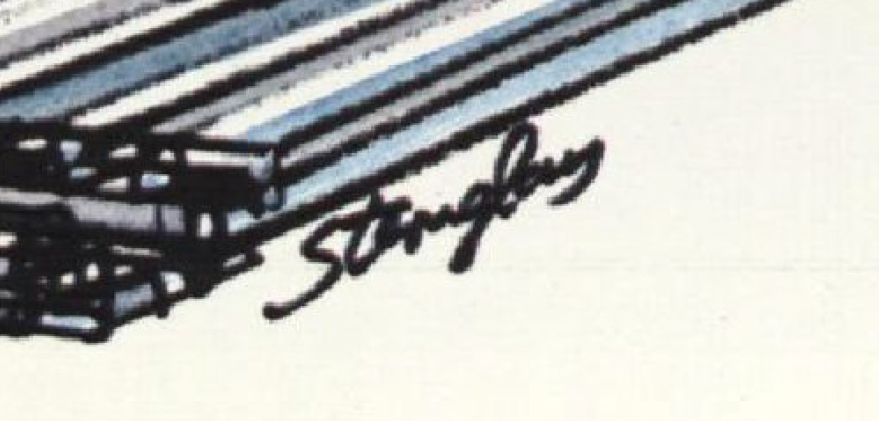
I'd love to hear what sort of feedback CONDEC received for this bold new look, but I have a hunch it wasn't entirely positive, given that the company's following reports immediately dial down the visual risk-taking.
And admittedly, even these illustrations aren't that risky by the standards of anyone who isn't a top valve manufacturer. They're fun and have some personality, but not so much that they wouldn't be out of place on a magazine article or textbook from the time.
I'm mostly just excited to surface these illustrations online for the first time, proving to myself that there are still some fun retro artworks out there that practically no one's seen in half a century. These images have never once been internet-scraped and absorbed into the pink slime grinder of some AI's training data!
Well, until now, I guess. Wait, I just made myself sad. This was supposed to be a good kicker to end on! Wait wait don't end the post here AHH
Music rec: Must be rough to be a lofi fan in 2025. This very good hour of lofi is simply titled "remember when lofi hip-hop still sounded like this" and clarifies that it's not AI in the description. Everyone in the comments are bonding over how bad AI lofi is. I need to some lofi expert to write an explainer about the impact of AI on the genre.
Next Time: Red Cross